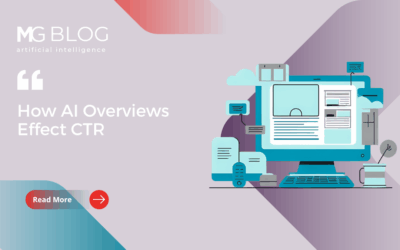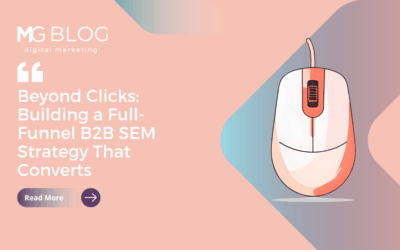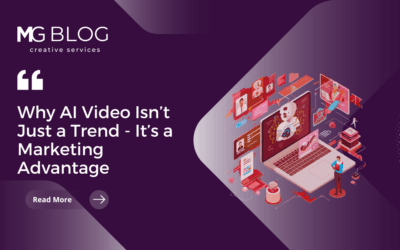
Does thought leadership still matter to government audiences?
That was the core question that I discussed with Aaron Heffron of Market Connections as part of their webinar series on marketing to the Federal Government. The short answer is yes, but you should still keep reading.
Data from the 2019 Content Marketing Review Study speaks loud and clear that thought leadership is essential to reaching and influencing government buyers – maybe even more so than other verticals. The research revealed that federal buyers rely heavily on assets like research reports, white papers and case studies when assessing needs and building RFPs, and they are primarily seeking out this content across government news websites, online magazines and vendor websites.
It’s clear that government leaders are looking for content that educates, empowers them to do their jobs better, and is backed by credible past performance. Agencies operate within very specific compliance environments that often require custom solutions. The procurement process is lengthy and vendors must prove that they understand specific agency pain points every step of the way. They want to work with vendors that “get” them and have done it before.
Great thought leadership content is essential to communicating to the market, and primary research can be the engine that powers truly impactful campaigns. Following are three reasons to leverage primary research in government content marketing efforts.
1. Validate the Problem You Solve
Any good marketing message starts with the customer challenge and works back, but primary research goes a step further and actually proves it. Through targeted surveys of government personnel, you obtain direct feedback on concerns, gaps, priorities and opportunities. The resulting data can be used to validate a critical market need, increase the sense of urgency around a specific challenge, or uncover an opportunity that certain agency personnel wasn’t even aware of. It’s a fantastic way to tell the market something new about how their peers view an issue while connecting your brand to a key problem that you solve.
2. Research Data Has Legs Across the Marketing Stack
Once you make the investment in primary research, it can add value across your entire marketing program so you’re truly maximizing the investment. Reporters love vendor-neutral facts and figures, and the earned media success through data-driven press releases, interviews and bylines can drive significant awareness and visibility. On the demand-gen front, primary research data – whether it’s a research report, white paper, infographic or webinar unpacking the findings – is valuable content that prospects are willing to exchange contact information for. Data can even be woven into sales materials and customer messaging. Statistics can serve as powerful proof points when communicating with key decision-makers whether in intimate sales meetings or industry event presentations.
3. Elevate and Expand Your Brand
When we think about driving brand awareness, we typically think about marketing tactics like event sponsorships and advertising. Those tactics are important for increasing visibility and letting the market know who you are at a high level, but we’ve seen primary research campaigns achieve similar awareness goals while building a more substantive story behind the brand. This is especially true for companies prioritizing the federal market for the first time, those that need to shift perception about they deliver, or others that must differentiate against a larger more sophisticated group of competitors. Primary research is a fantastic way to connect your brand to a hot-button issue, demonstrate that you’re thinking about a unique government-specific challenge and are committed to gathering (and actually incorporating) direct feedback from leaders as you build solutions.
There are plenty of ways to deliver thought leadership to the government market, and sometimes having a compelling, educational POV is more than enough to engage target audiences. But when it’s backed by real feedback and data from the audience you want to do business with, it can take your thought leadership campaign to the next level.
Download the full webinar recording or reach out to me directly at donovan@merrittgrp.com for a complimentary thought leadership assessment.



